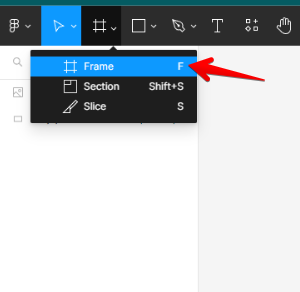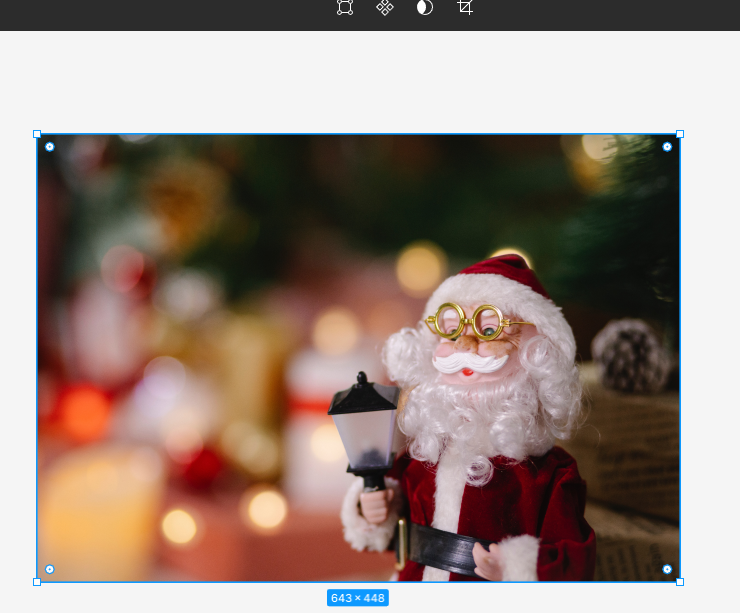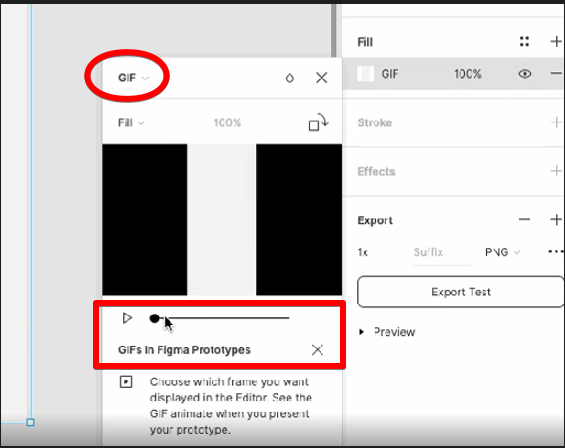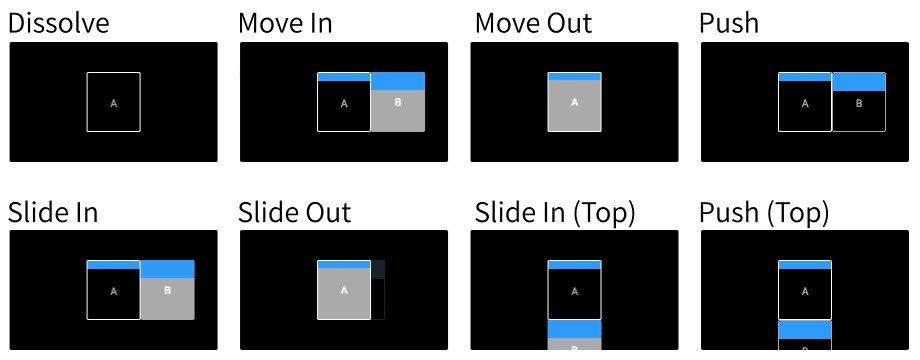Yes, you can make animated GIFs in Figma! Here’s how:
1. Open Figma and create a new file.
2. Click on the “Frames” icon in the toolbar.

3. Drag and drop your images onto the canvas.

4. Select the “Animate” tab in the right sidebar using the smart animate feature of Figma.

5. Choose your animation options and click “Play”!

That’s all there is to it! With Figma, creating animated GIFs is quick and easy.
What is smart animate?
Smart animate was mentioned earlier in this article, but what exactly is it, and what does it do?
Figma’s smart animate feature automatically finds similar layers, flags differences, and animates those layers across frames. If you have a component (say, a diamond) in one frame and the same component in another frame, but this time it’s been moved much lower, prototyping the two together will make the diamond appear to move downwards in an animated fashion.
To put it simply, Figma’s smart animate helps us create state transitions. It will scan for transitions between states in objects and animate those that it finds. We design the initial and final states, and smart animate makes the connection between them.
Who can use smart animate
- Individuals with any team or plan
- Prototypes can be viewed by anyone who has read permission for the corresponding file or prototype.
- Users with the “can edit” file permission can make and modify prototypes.
Edit GIFs with Figma just like standard images
You can modify GIFs in Figma just like any other image. It’s possible, for instance:
- Modify your GIFs’ size, position, and orientation.
- Modifying the Transparency
- Make use of GIFs in your designs’ aesthetics and constituent parts.
- Putting on masks
Important factors of smart animate
Layout design properties
If you make a change to a design property, Smart Animate will notice it. Any layer can have its dimensions and rotation altered, along with its auto layout properties, constraints, fills, and strokes. As needed, we can use any or all of these to achieve the desired result.
Layering
Layering and naming correctly is the most crucial aspect of smart animate. For animation purposes, smart animate can detect and respond to changes in layer properties. All layers must exist in both states, even if only some of them are visible. It’s impossible for smart animate to work unless both states share the same layer.
It’s also important to layer deliberately. It’s not always a good idea to change the layer order from instance to instance. This is an effect we sometimes seek. It’s fine to break this rule occasionally if you think it’s warranted.
Layer names
It’s also crucial to properly label each layer. Smart animate only works if the names of our layers are consistent across all states. Layers with different names are treated as separate objects by smart animate. For the most part, I’ve found that naming our layers and then duplicating them helps keep things neat and tidy.
Forms of Transition
Several distinct transition types are available within smart animate. Each type of transition results in a unique animation when switching between states. These changes are open to individual interpretation. Spend some time playing around with different types to get a sense of how each affects the mood of the animation.
5 Things to remember when using Figma smart animate to create GIFs
- Smart animate does not work in Figma when making adjustments to Effects or when switching shapes. For unsupported properties, Figma will use a dissolve transition.
- Smart animate for overlay actions is currently unsupported in Figma. Figma does this because it considers overlays to be separate frames. If the layers of the overlays you’re switching between are the same, you can use smart animate to transition between them smoothly.
- A new layer can be dissolved into view with smart animate if it is introduced in the final frame.
- Figma will not animate a layer if its properties do not change between two frames. Whenever you need to interact with a status bar or menu but don’t want to switch user interfaces, this is the way to go.
- Figma will add layers to the list of Fixed layers if you choose to use the Fix Position when Scrolling option for any of them. When combined with other transitions, Smart animate treats layers in a unique way.
How to export GIF from Figma
Here’s how to export GIF from Figma:
- Save as a GIF
- Choose an image or sequence that contains a GIF.
- Invoke the plugin’s “export GIF” command
This plugin will take the first image in the layer stack and use its frame delay and length when exporting a GIF. Name the layer of the animated GIF you wish to serve as the “main” layer.
- Display an animated GIF
- Pick an existing GIF or a composition that contains one.
- Play an animated GIF by invoking the plugin’s “Play GIF” command.
Conclusion
The Smart Animate function in Figma is revolutionary for the design community. Inside of Figma, you can now make animated prototypes in real-time. There has never been a more straightforward and user-friendly method of making animations, and this new tool is it.
Let your creativity explode, and share your awesome GIFs with the help of Figma!

